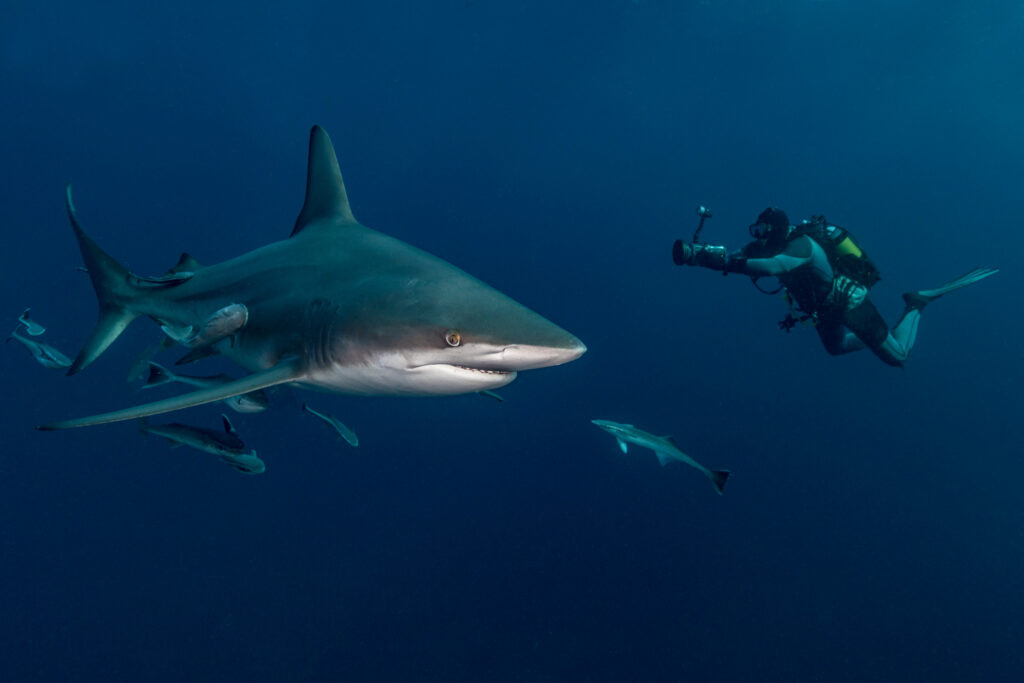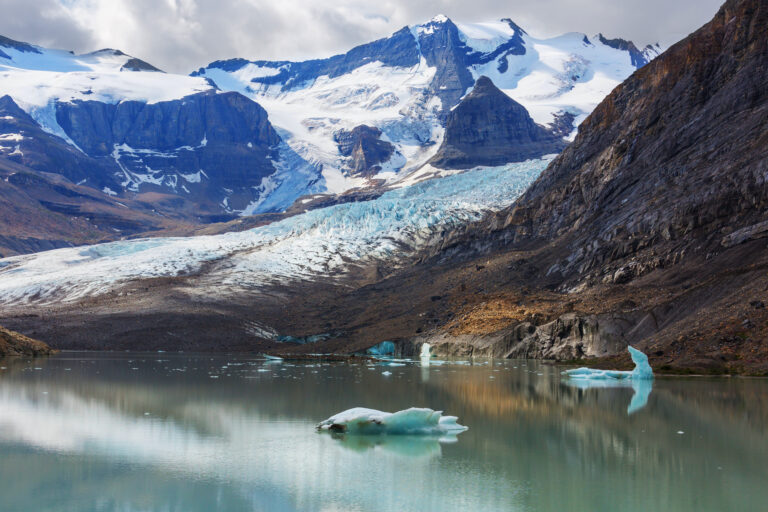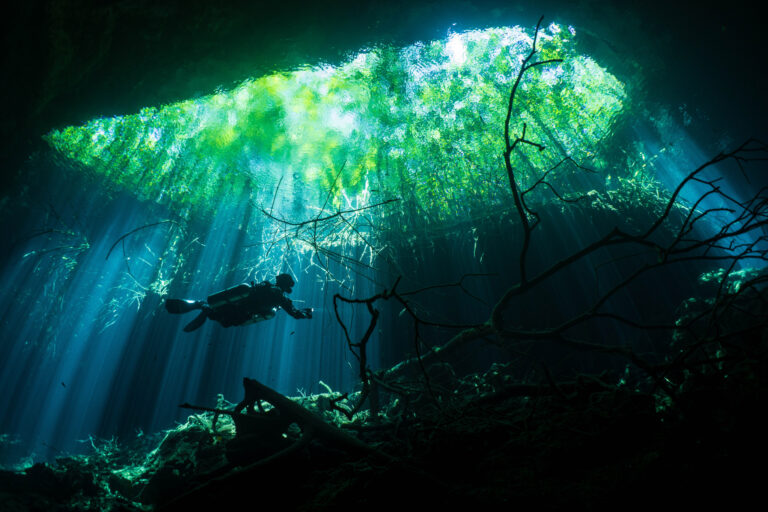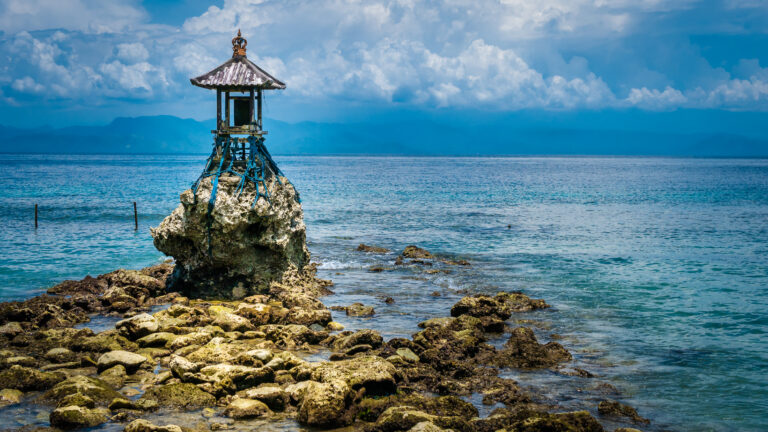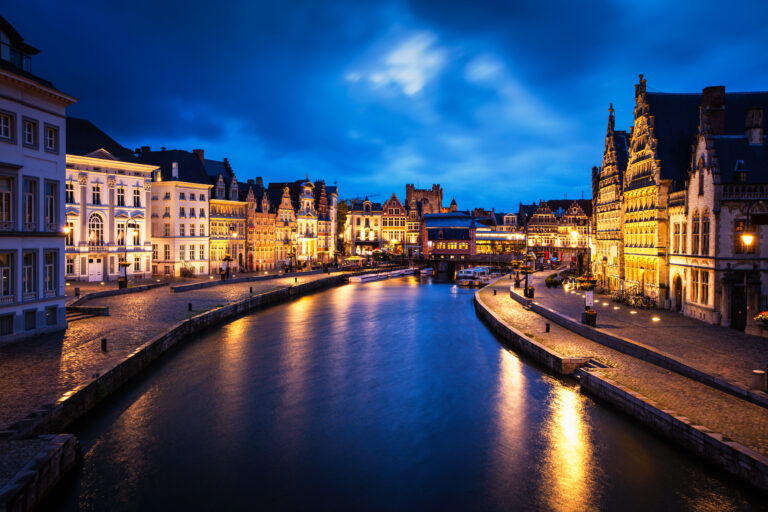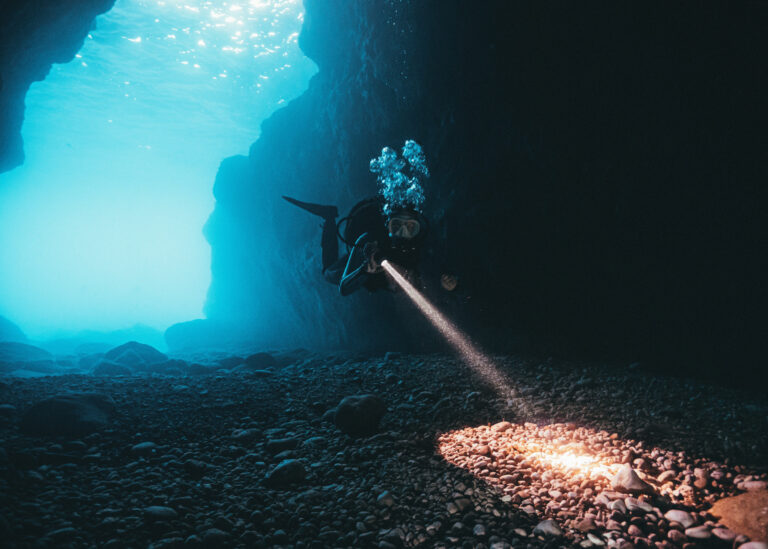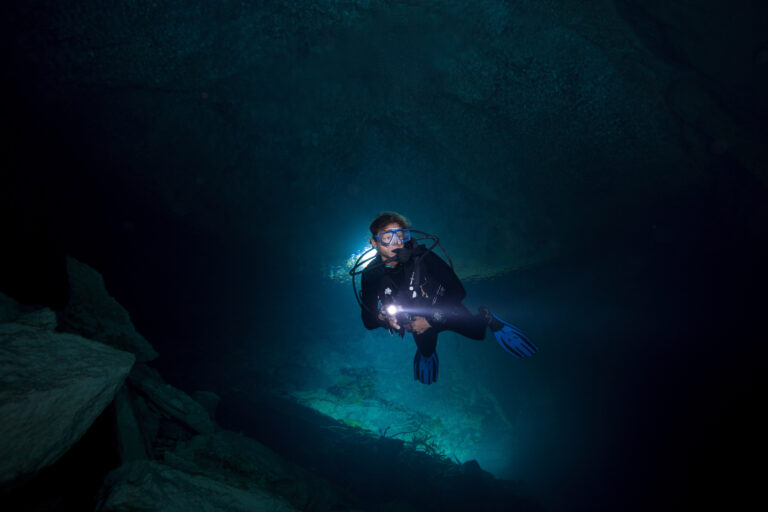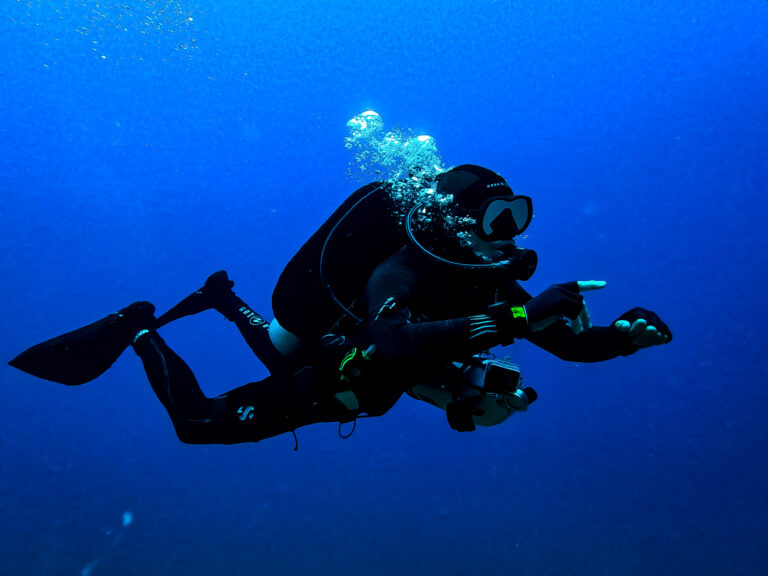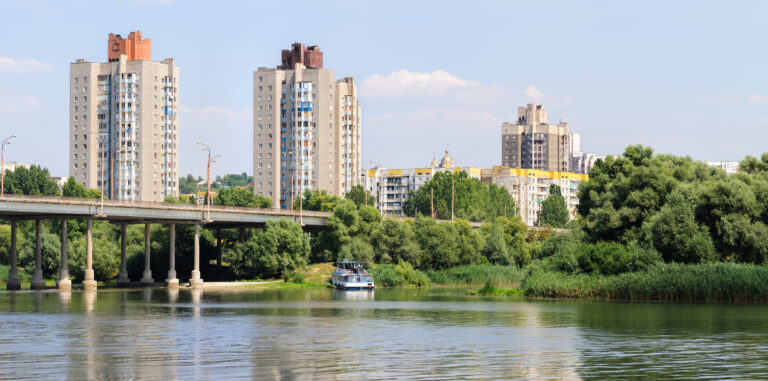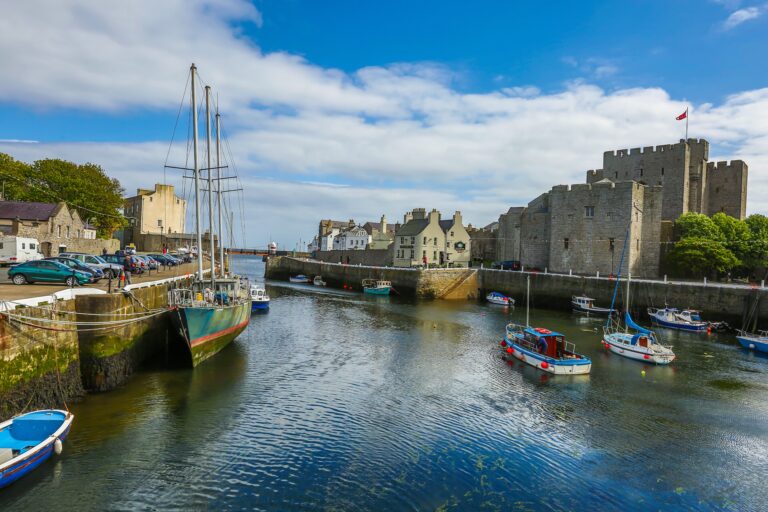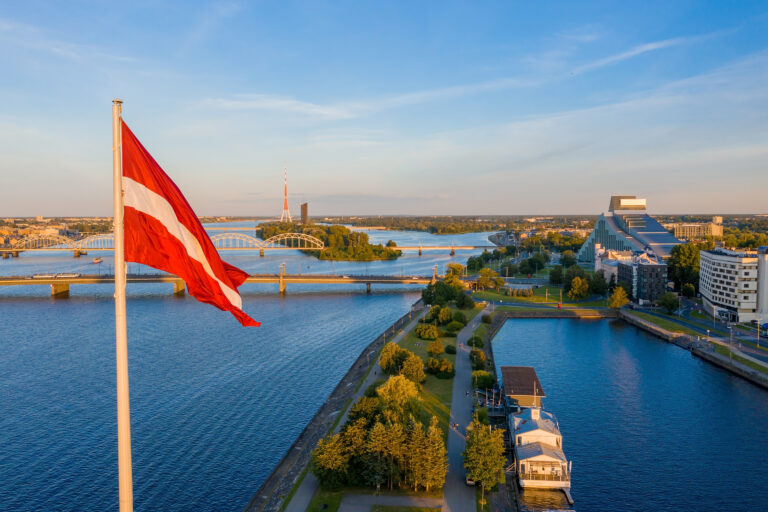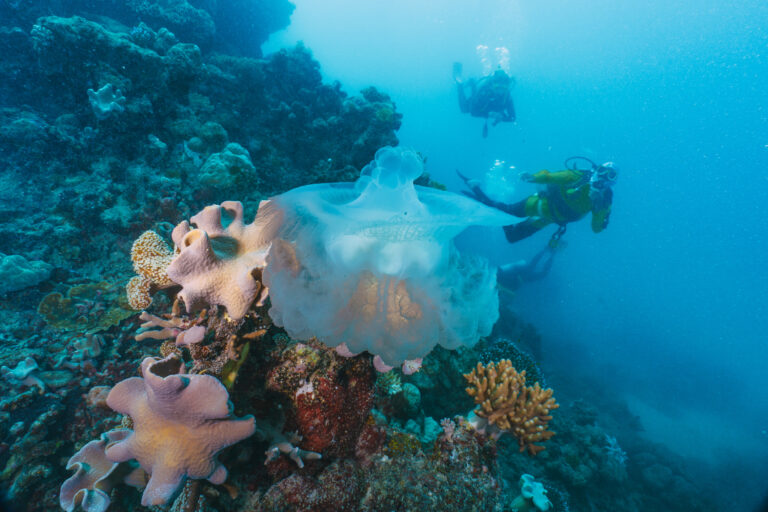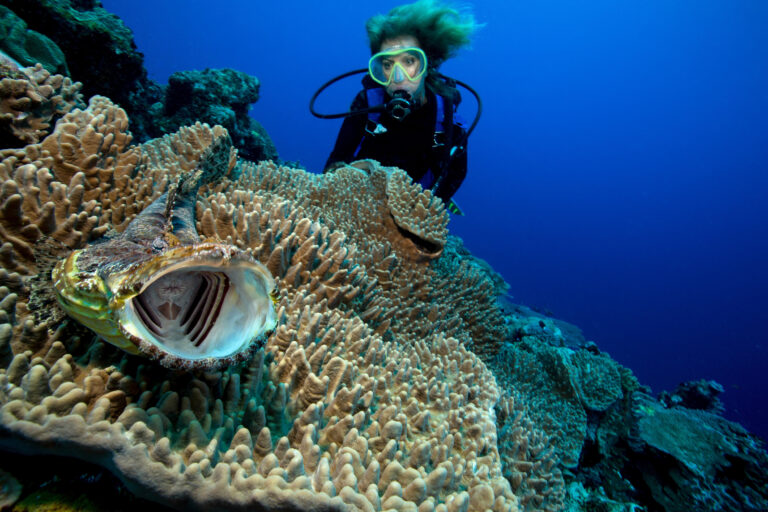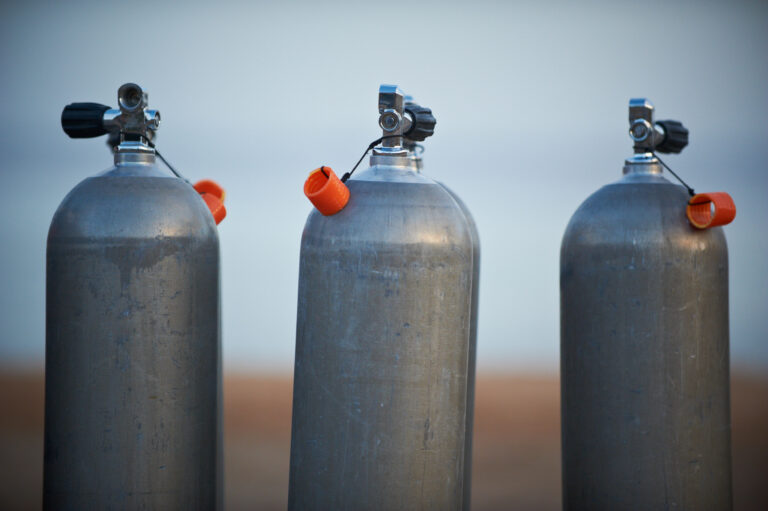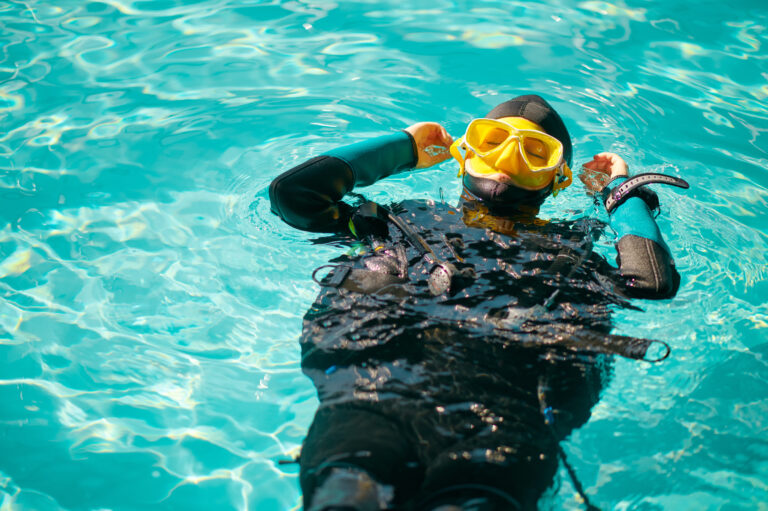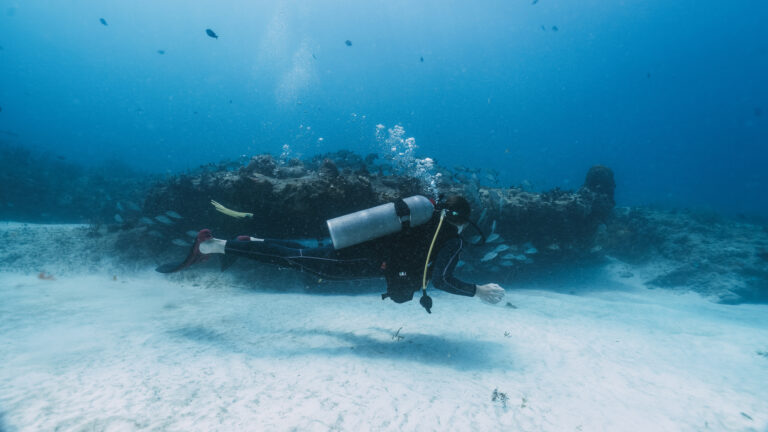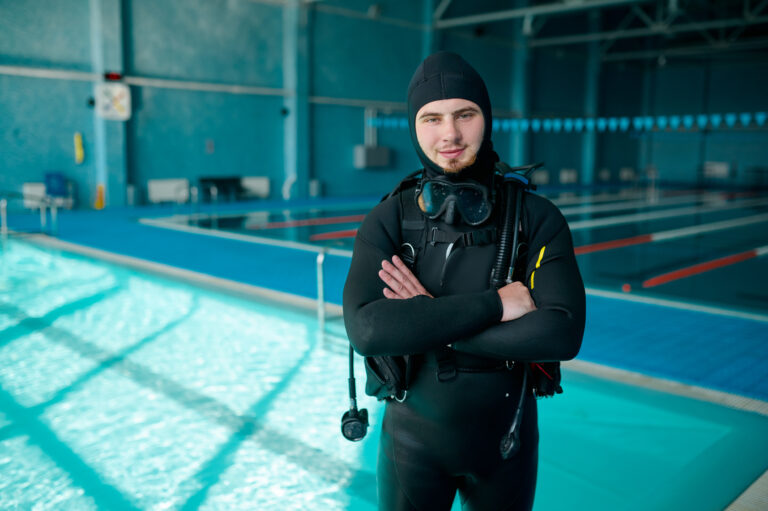Scuba Divers’ Travel Guide to Cook Islands
The Cook Islands, nestled in the South Pacific, present an inviting underwater world for scuba divers. The clear, warm waters are home to a rich array of marine life, including colorful coral reefs, tropical fish, and larger pelagic species. The islands’ diverse dive sites offer something for every level of diver, from shallow lagoons to deeper offshore reefs. The Cook Islands’ friendly culture and stunning natural beauty add to the appeal for scuba travelers. With its pristine marine environments and welcoming atmosphere, the Cook Islands promise a memorable diving experience.
Location and Geography
Nestled in the heart of the South Pacific, the Cook Islands are a paradisiacal archipelago that beckons scuba divers with its pristine waters and vibrant marine life. This enchanting destination is spread over a vast expanse, comprising 15 islands scattered across 2.2 million square kilometers of ocean. The islands themselves are jewels of nature, with Rarotonga, the largest, serving as the vibrant hub of culture and Aitutaki, with its breathtaking lagoon, offering a more tranquil escape. The geography of the Cook Islands is as diverse underwater as it is above, featuring a mesmerizing array of coral reefs, drop-offs, and wrecks. The clear, warm waters provide excellent visibility, allowing divers to fully immerse themselves in the underwater spectacle that includes a rich tapestry of colorful coral gardens, teeming with an abundance of marine life. This remote and relatively untouched location offers a unique diving experience, where the beauty of the South Pacific can be explored in its most pristine and unspoiled form.
Visa and Entry Requirements
Travelers eager to explore the underwater marvels of the Cook Islands should be aware of the visa and entry requirements to ensure a smooth journey. As of the latest information, most visitors, including those from the United States, Canada, the European Union, and Australia, do not require a visa for stays of up to 31 days. However, it is mandatory for all visitors to possess a passport valid for at least six months beyond the intended period of stay, proof of onward or return travel, and sufficient funds for the duration of their visit. Extensions for up to six months are possible, subject to approval, and may require an application to be made to the Cook Islands Immigration Service. It’s advisable to check the most current visa and entry requirements before planning your trip, as policies can change. This ensures that your focus remains on the breathtaking scuba diving experiences awaiting you in the crystal-clear waters of the Cook Islands, rather than on administrative formalities.
Getting to Cook Islands
Getting to the Cook Islands, a hidden gem in the heart of the South Pacific, is an adventure that begins with a flight into Rarotonga International Airport (RAR), the main gateway to this paradise. Situated northeast of New Zealand and southwest of Hawaii, the Cook Islands are accessible via direct flights from Auckland, Sydney, and Los Angeles, with Air New Zealand offering the most frequent services. Upon arrival in Rarotonga, travelers can easily connect to the outer islands, including the renowned Aitutaki, known for its breathtaking lagoon and excellent diving spots, through local air services like Air Rarotonga. Although the journey may be long, the unparalleled beauty of the underwater world, vibrant coral reefs, and the warm, welcoming culture of the Cook Islands make every moment of travel worth it. Whether you’re coming from the other side of the world or a nearby country, the Cook Islands promise an unforgettable scuba diving adventure that starts with your journey there.
Best Time to Dive
Getting to the Cook Islands, a hidden gem in the heart of the South Pacific, is an adventure that begins with a flight into Rarotonga International Airport (RAR), the main gateway to this paradise. Situated northeast of New Zealand and southwest of Hawaii, the Cook Islands are accessible via direct flights from Auckland, Sydney, and Los Angeles, with Air New Zealand offering the most frequent services. Upon arrival in Rarotonga, travelers can easily connect to the outer islands, including the renowned Aitutaki, known for its breathtaking lagoon and excellent diving spots, through local air services like Air Rarotonga. Although the journey may be long, the unparalleled beauty of the underwater world, vibrant coral reefs, and the warm, welcoming culture of the Cook Islands make every moment of travel worth it. Whether you’re coming from the other side of the world or a nearby country, the Cook Islands promise an unforgettable scuba diving adventure that starts with your journey there.
Accommodation Options
In the enchanting realm of the Cook Islands, a diver’s paradise nestled in the heart of the Pacific, accommodation options are as diverse and inviting as the underwater worlds they give access to. From the rustic charm of beachfront bungalows that offer the simplicity of island life, allowing you to wake up to the sound of the waves and be in the water within minutes, to luxurious resorts that cater to every whim, providing not only exceptional comfort but also dedicated dive packages and tours, the islands cater to both the budget-conscious and those seeking a touch of luxury. For a more immersive experience, guesthouses and homestays scattered across the islands offer a unique opportunity to connect with local culture and traditions, often including home-cooked meals and insider tips on the best dive spots. Whether you’re looking to explore the vibrant coral gardens of Aitutaki or the mysterious depths around Rarotonga, the Cook Islands present a range of accommodations that promise a memorable stay above and below the water.
Dive Operators and Dive Shops
In the heart of the South Pacific, the Cook Islands offer an underwater paradise that beckons divers of all levels, and the local dive operators and shops are the gatekeepers to this aquatic wonderland. With a reputation for professionalism and intimate knowledge of the best dive sites, these establishments cater to both novice and experienced divers, ensuring safety and unforgettable experiences. From the mesmerizing coral gardens of Rarotonga to the awe-inspiring drop-offs and wrecks around Aitutaki, the dive shops in the Cook Islands provide comprehensive services, including PADI certification courses, equipment rental, and guided dive tours. Their expert guides are not only skilled in navigating the diverse underwater landscapes but are also passionate about marine conservation, often participating in reef preservation projects. Whether you’re looking to encounter the vibrant marine life, explore underwater caves, or simply enjoy the serene beauty of the Pacific Ocean, the dive operators in the Cook Islands are your trusted partners in adventure, offering personalized experiences that highlight the best of this scuba diving haven.
Transportation within Cook Islands
Transportation within the Cook Islands, particularly for scuba divers aiming to explore its underwater marvels, is both convenient and tailored to enhance the diving experience. The main gateway to the islands, Rarotonga, serves as the hub from which divers can embark on their aquatic adventures. Rental scooters, cars, and bicycles are widely available for those looking to explore the island at their own pace, while the reliable local bus service offers a scenic route around Rarotonga’s coastline. For journeys to the outer islands, such as the pristine waters of Aitutaki, domestic flights operated by Air Rarotonga provide a swift and scenic transition between dive sites. Additionally, inter-island boat charters are an option for groups looking to dive in more secluded areas, offering a unique way to experience the Cook Islands’ spectacular marine life and coral reefs. With these transportation options, divers can easily navigate the Cook Islands, making it an accessible paradise for underwater exploration.
Currency and Payment Methods
In the Cook Islands, the official currency is the New Zealand Dollar (NZD), supplemented by local coins for smaller denominations, which make for unique souvenirs but are only usable within the islands. When planning your scuba diving adventure, it’s essential to note that while major hotels, dive shops, and some restaurants in tourist areas like Rarotonga and Aitutaki may accept major credit cards, smaller establishments and remote locations often rely on cash transactions. Therefore, it’s advisable to carry a mix of cash and cards. ATMs are available in Rarotonga and Aitutaki, but they can be sparse, so withdrawing enough cash upon arrival or when you encounter an ATM is wise. Always check with your bank regarding international transaction fees to avoid surprises. For a seamless experience, consider exchanging some money into NZD before your trip, ensuring you’re prepared for immediate expenses upon arrival, such as transportation or tips.
Language and Communication
In the enchanting waters of the Cook Islands, where the vibrant marine life meets the rich Polynesian culture, communication plays a pivotal role in ensuring a memorable and safe scuba diving experience. English is widely spoken throughout the islands, serving as the primary language for instruction and interaction in diving operations, making it convenient for English-speaking divers. However, the Cook Islands’ unique cultural tapestry is also woven with the threads of Cook Islands Māori (Rarotongan), a language that resonates with the islands’ heritage and is spoken by the local community. While not essential for diving activities, learning a few basic phrases in Cook Islands Māori can enrich your experience, allowing for a deeper connection with the local guides and residents. Dive operators are well-versed in catering to an international clientele, often facilitating communication through visual aids, hand signals, and dive computers, ensuring that language barriers are gracefully navigated beneath the waves. Embracing the local language and customs can transform your diving adventure in the Cook Islands into an immersive cultural journey, adding layers of understanding and appreciation to the stunning underwater encounters awaiting you.
Local Culture and Attractions
Nestled in the heart of the South Pacific, the Cook Islands offer a mesmerizing blend of vibrant Polynesian culture and breathtaking natural beauty, making it an idyllic destination for scuba divers and cultural enthusiasts alike. Beyond the allure of its crystal-clear waters and abundant marine life, the islands boast a rich tapestry of traditions, from the captivating beats of drum dances to the intricate craftsmanship of tivaevae (quilt making). Visitors are warmly welcomed into this close-knit community through ceremonies and festivals that showcase the local heritage, including the spirited Constitution Celebration in July. On land, the lush landscapes of Rarotonga and the ancient marae (sacred sites) scattered across the islands beckon exploration, while the bustling Punanga Nui market in Avarua offers a taste of local flavors and artisanal crafts. Whether you’re immersing yourself in the underwater wonders or soaking up the island culture, the Cook Islands promise an unforgettable journey into the heart of Polynesia.
Cultural Etiquette and Tips
When visiting the Cook Islands for scuba diving, embracing the local cultural etiquette will enrich your experience and foster respectful interactions. The Cook Islanders are known for their warm hospitality and strong community values, deeply rooted in their Polynesian heritage. It’s important to greet locals with a friendly ‘Kia Orana’ (meaning ‘may you live long’), which is widely appreciated and reflects respect for their culture. Dress modestly when you’re not at the beach or diving, as skimpy attire outside these areas is frowned upon. Always ask for permission before taking photos of people or entering sacred sites, as this shows respect for their traditions and privacy. Environmental conservation is highly valued, so ensure you follow all guidelines related to marine life and coral protection while diving. Supporting local businesses and being open to learning about the Cook Islands’ customs and history will not only enhance your diving trip but also contribute positively to the local community. Remember, your behavior as a visitor can have a lasting impact, so tread lightly and with respect.
Local Laws and Regulations Relevant to Tourists
When planning a scuba diving adventure in the Cook Islands, it’s essential for tourists to familiarize themselves with local laws and regulations to ensure a safe and lawful experience. The Cook Islands take the protection of their marine environment seriously, and as such, there are strict regulations in place regarding fishing, collection of marine life, and interactions with wildlife, including a total ban on the removal of coral. Divers must adhere to guidelines that limit disturbances to marine habitats, and it’s illegal to feed the fish, as this disrupts their natural behavior. Additionally, all divers are required to be certified by a recognized diving organization, and those wishing to dive in marine protected areas may need to obtain a special permit. It’s also worth noting that the Cook Islands enforce safety standards for diving operators, so ensure that the service you choose complies with these regulations. By respecting these laws, divers contribute to the preservation of the Cook Islands’ pristine marine ecosystems for future generations.
Safety Tips and Emergency Contacts
When planning a scuba diving adventure in the Cook Islands, prioritizing safety is paramount to ensure an unforgettable underwater experience. Before embarking on your dive, familiarize yourself with the local dive operators who are well-versed in the specific conditions of the area, including currents, visibility, and marine life encounters. It’s crucial to check that your dive equipment is in optimal condition and that you’re comfortable with its use. Always dive within your certification limits and consider taking a refresher course if it’s been a while since your last dive. The Cook Islands’ emergency services can be reached by dialing 999 for immediate assistance. Additionally, it’s wise to know the location of the nearest recompression chamber, which is situated in New Zealand, requiring an air evacuation in case of a diving-related injury. Therefore, investing in comprehensive dive insurance that covers hyperbaric treatment and medical evacuation is strongly recommended. By adhering to these safety tips and having emergency contacts readily available, you can focus on enjoying the breathtaking underwater world of the Cook Islands with peace of mind.
Health and Travel Insurance
When planning your scuba diving adventure to the Cook Islands, it’s crucial to consider health and travel insurance that specifically covers scuba diving activities. The remote beauty of the Cook Islands, while part of its allure, means that access to comprehensive medical facilities can be limited, especially on the smaller islands. Ensure your insurance policy includes coverage for potential scuba diving-related injuries, which may require specialized treatment or medical evacuation to New Zealand or Australia. Given the islands’ susceptibility to tropical weather conditions, your policy should also cover trip cancellations or interruptions. Investing in a robust health and travel insurance plan will allow you to explore the underwater wonders of the Cook Islands with peace of mind, knowing you’re protected against unforeseen circumstances.

